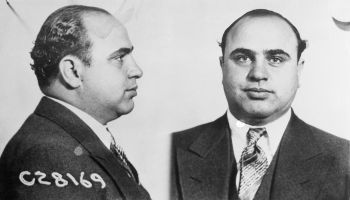The 4th of July is a day of family gatherings nationwide as the holiday commemorates the official independence of the United States of America from the British Empire. Many African-Americans contributed to the American Revolutionary War behind the scenes and one of those persons is Prince Whipple.
In the 1851 painting by German-American painter Emanuel Leutz, “Washington Crossing The Delaware,” a Black man can be seen breaking ice in the water with his oar. For years, it was thought this man was Whipple, but historians have since debunked the myth. However, Whipple’s connection to the nation’s independence is deeper than most know.
According to accounts, Whipple was most likely of Afghani royal descent, and reportedly traveled to the United States to secure education. A slaver tricked the boys into being sold, and Whipple ended under the ownership of General William Whipple. Gen. Whipple, who was part of the New Hampshire militia and later a Continental congressman, reportedly asked his slave to join the war.
Whipple promised to fight for the country but only with the promise of freedom. While accounts clash, Whipple accompanied the general on tours and was entrusted with delivering a large sum of cash which he defended valiantly. Whipple was granted freedom in 1781 long after the war ended, though it wasn’t made official until 1784. Whipple and over a dozen other literate slaves worked together in 1779 to sign a petition to end slavery in the state, which didn’t end until 1857.
Like most slaves in the North who became free, Whipple enjoyed the privilege of living in relative ease on his former owner’s lands and married, raising seven children. Whipple died in 1796 at the age of 46.
Like BlackAmericaWeb.com on Facebook. Follow us on Twitter and Instagram
Share your email below to receive our daily newsletter!
- Morocco: Entertainment, Food, Languages, Places To Visit + More
- Algeria: Entertainment, Food, Languages, Places To Visit + More
- Tunisia: Entertainment, Food, Languages, Places To Visit + More
- Sudan: Entertainment, Food, Languages, Places To Visit + More
- Libya: Entertainment, Food, Languages, Places To Visit + More
Little Known Black History Fact: Prince Whipple was originally published on blackamericaweb.com















